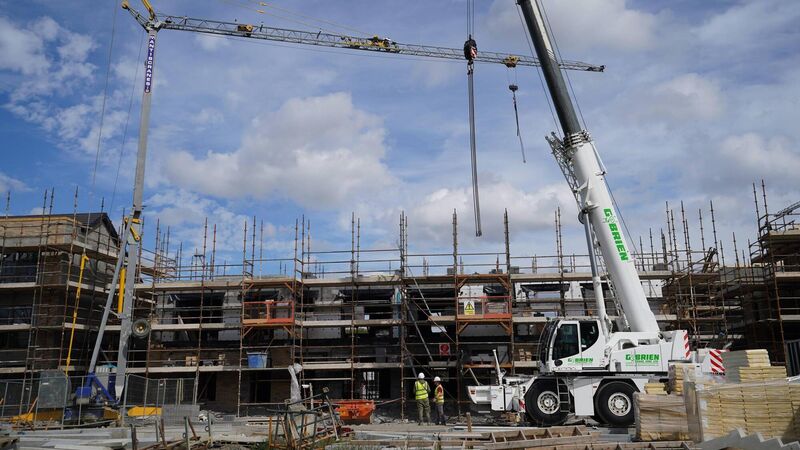Housing market: bits done, lots more to do

Pick-up has been underway in Ireland’s housing supply sector in 2022, but worries persist about the pace of delivery coming into 2023.
Housing. Housing, Housing.
Get used to it as a repetitive theme: it’s a subject that isn’t going to go off the country’s finely-tuned political and societal radar any time soon.










